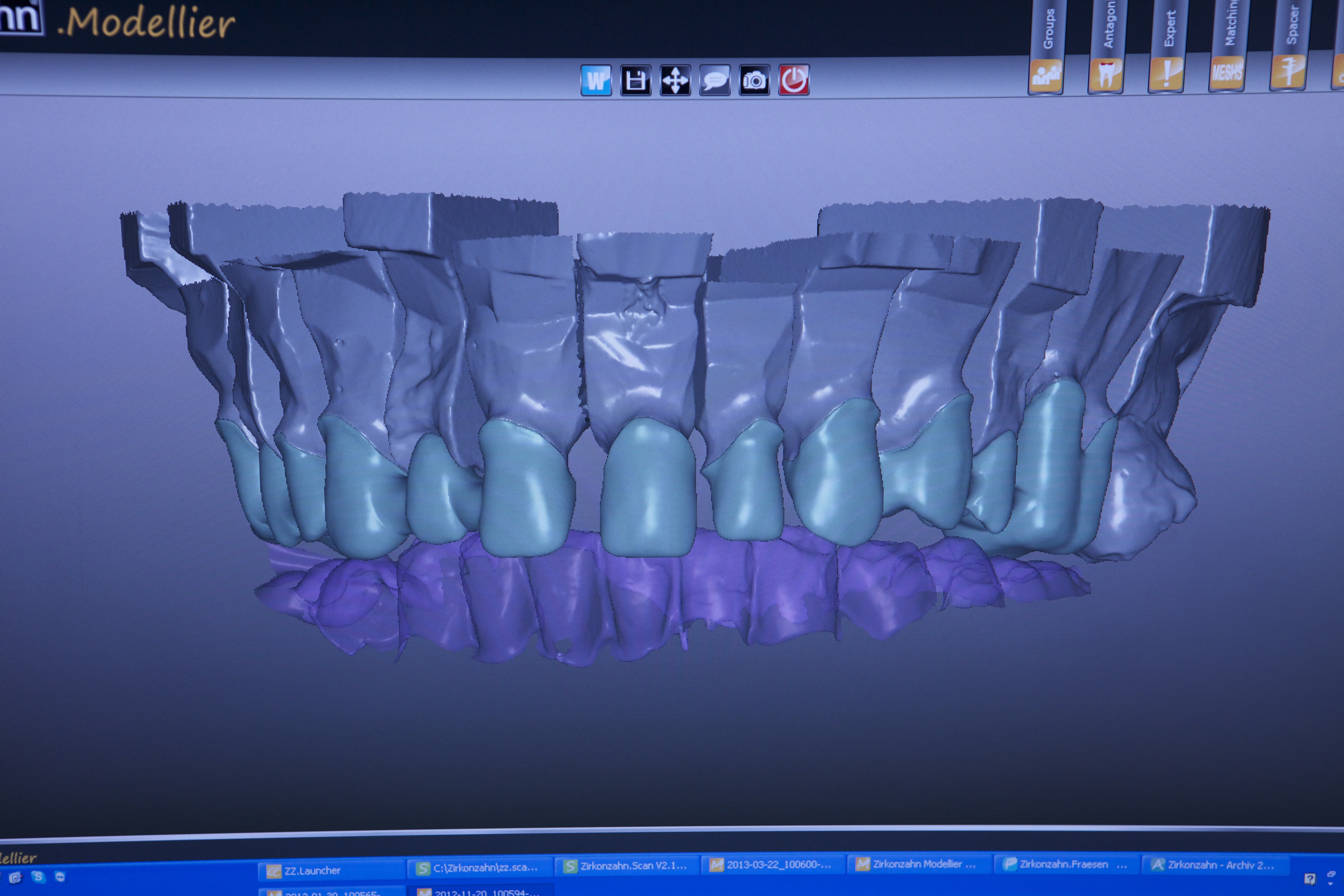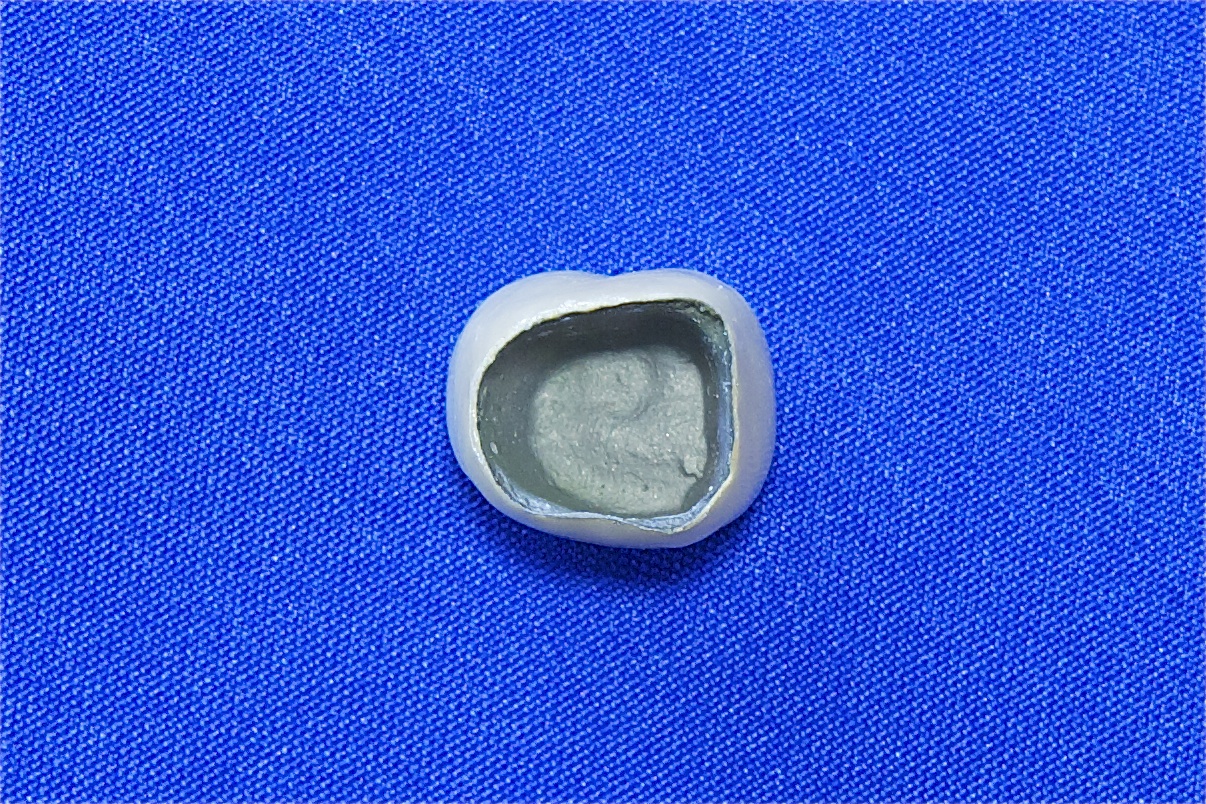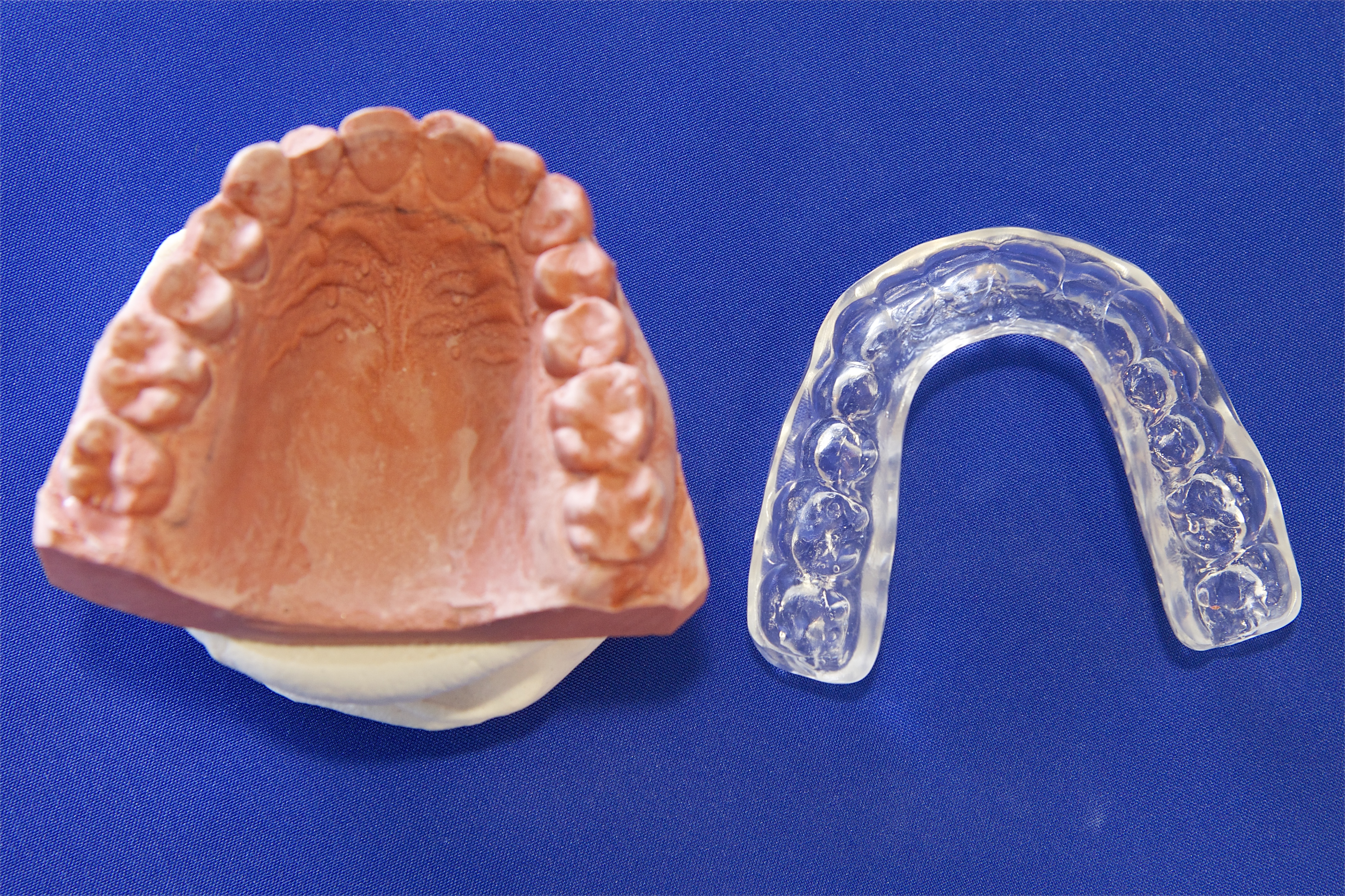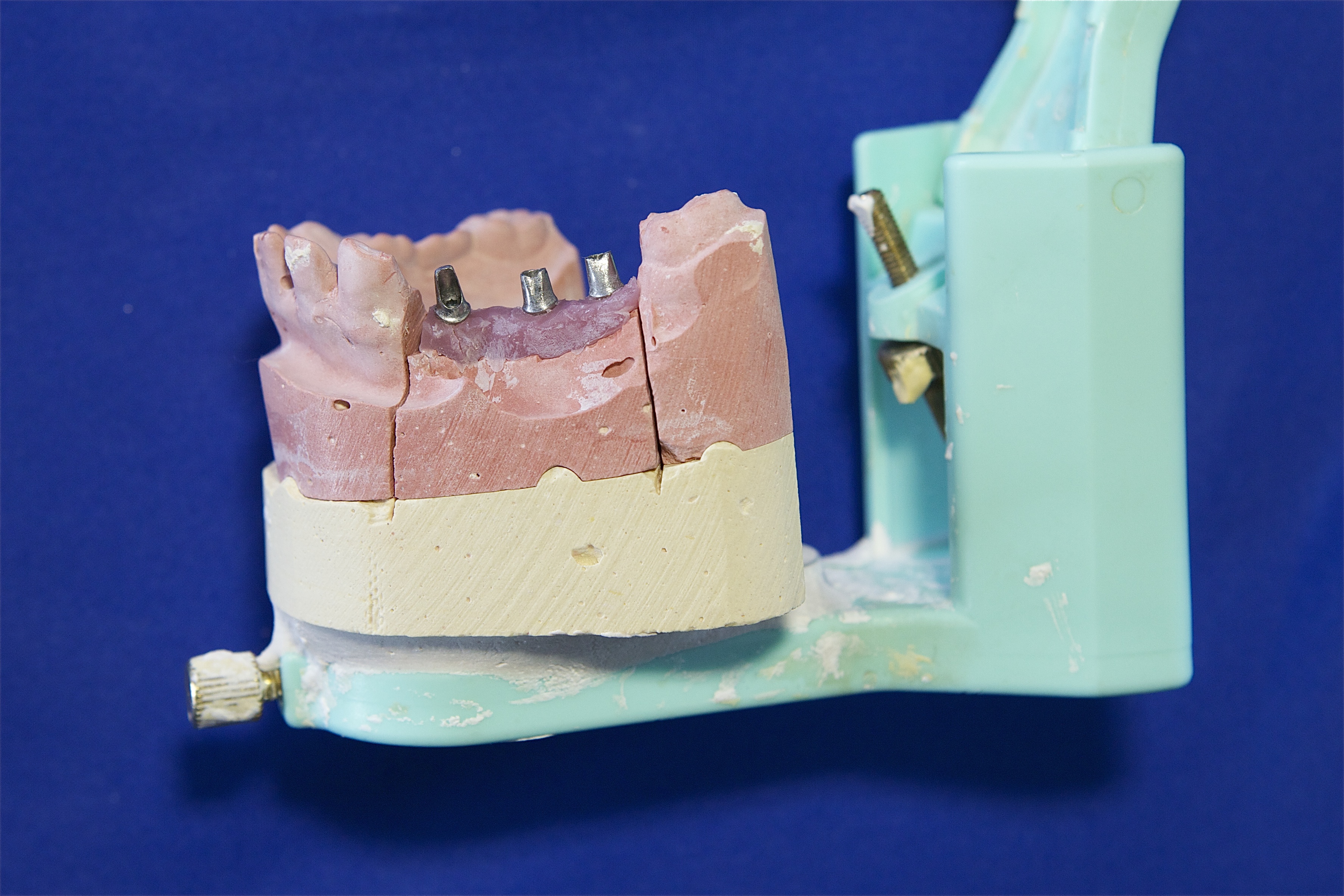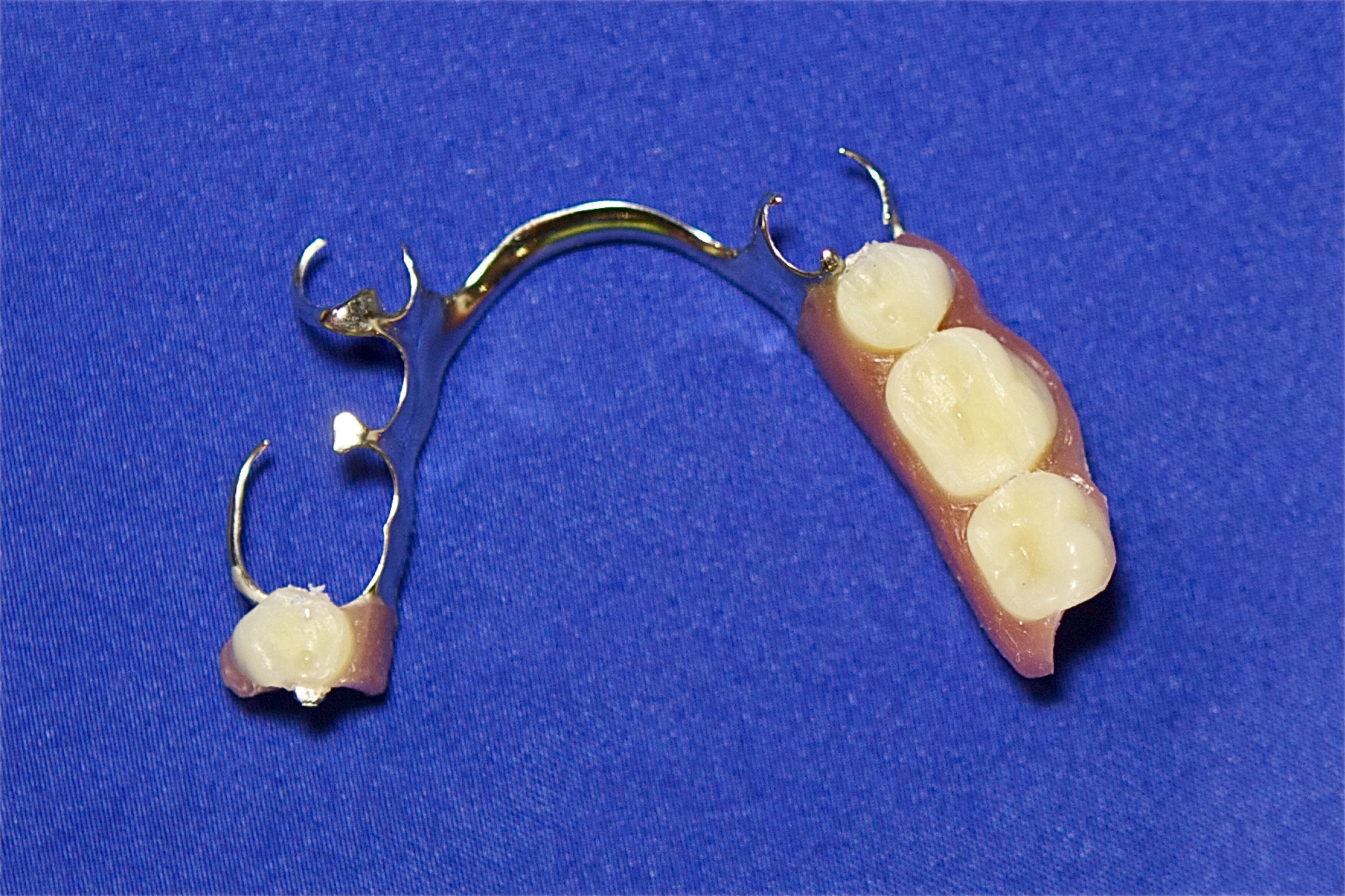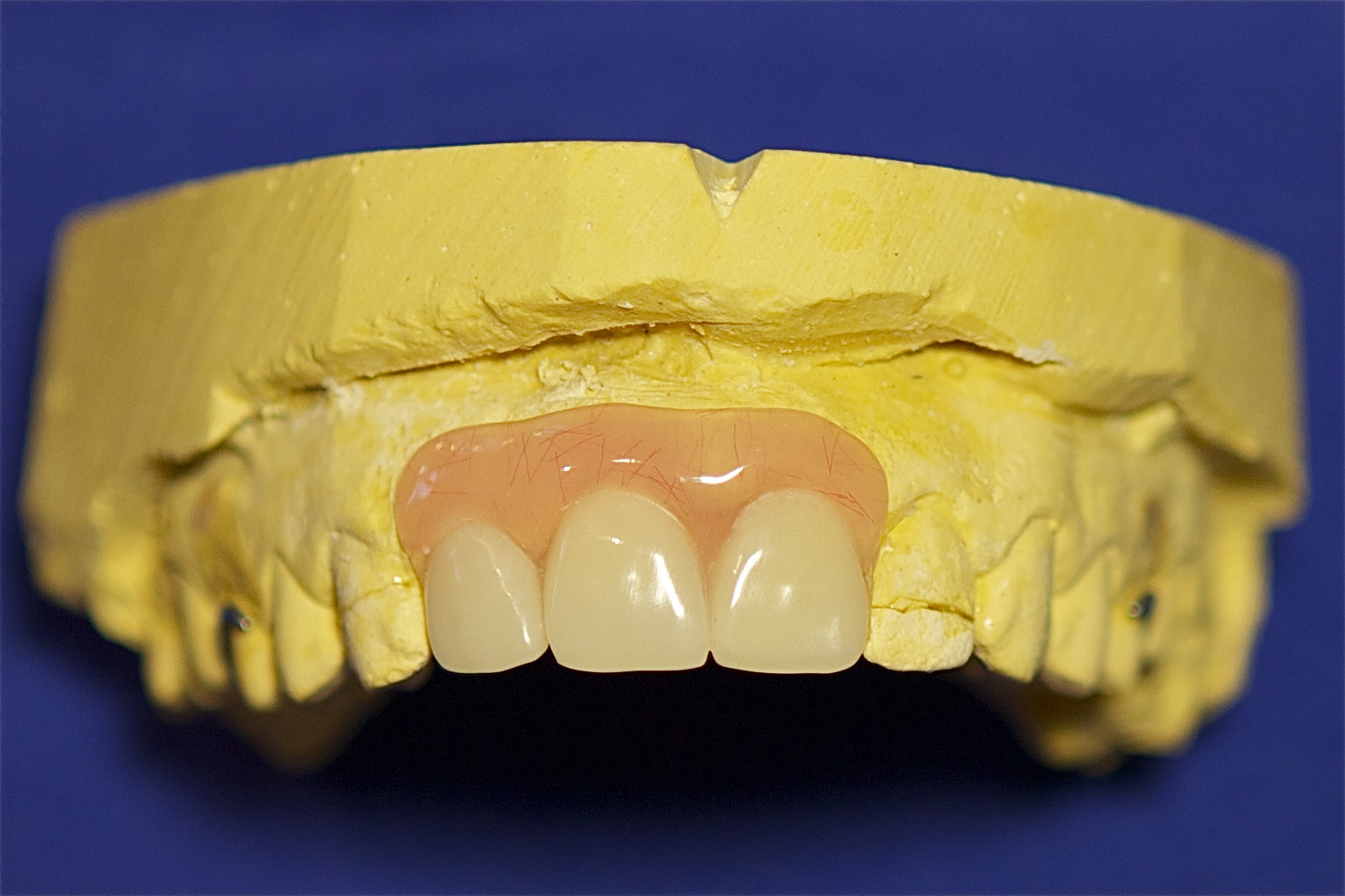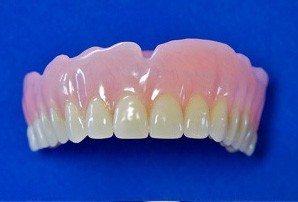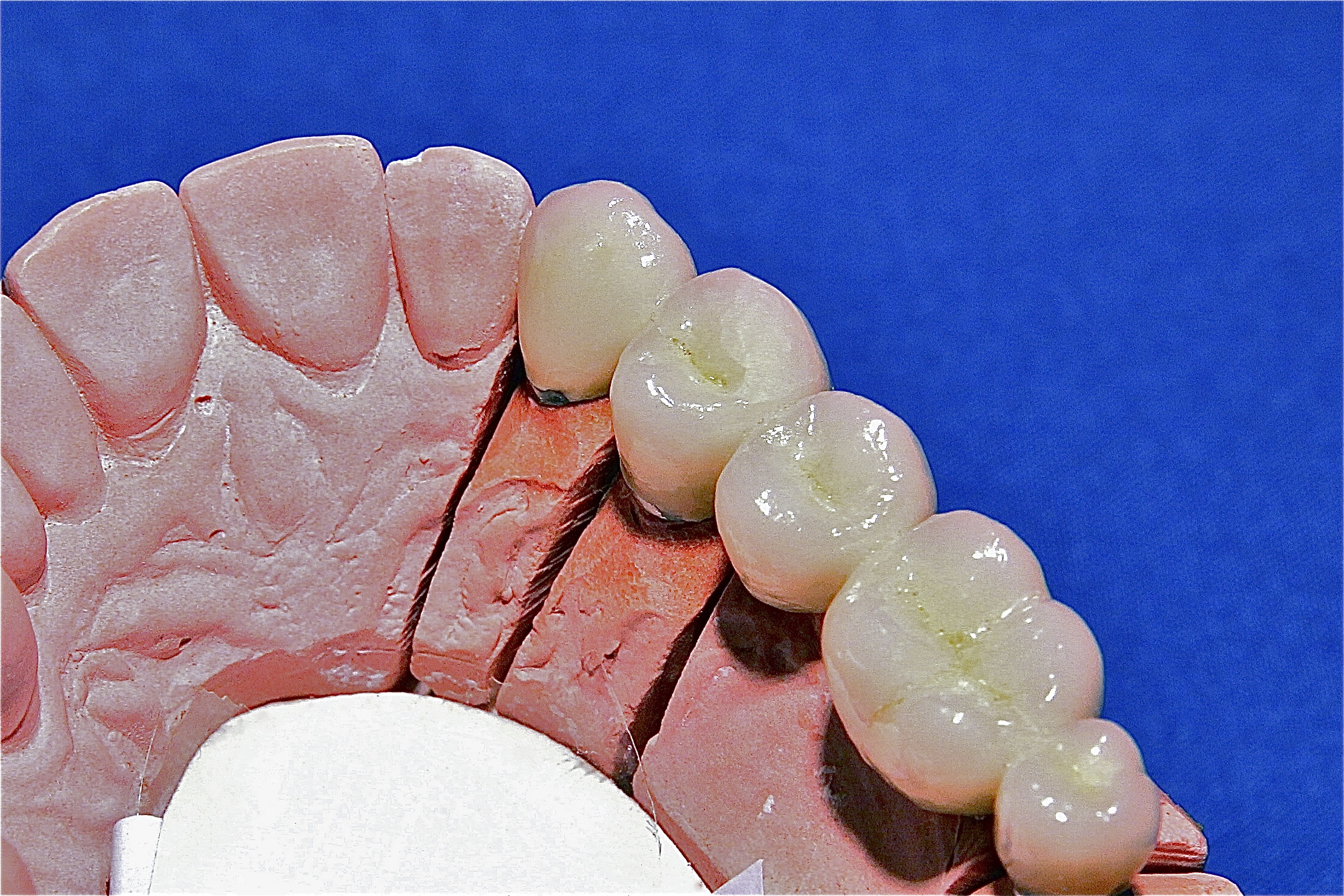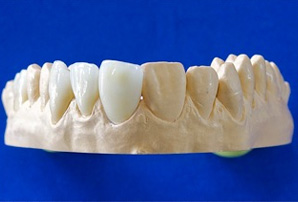Diastema or A Gap Between Teeth
Diastema or a gap between teeth is often the result of a difference between the size of the jaws and the size of the teeth. When teeth are too big for the jaw they usually become overcrowded. In the case of diastema, it is the opposite-the jaw is too big and small teeth can have gaps between them. Missing teeth or undersized teeth may cause diastemas too. Bad oral habits, such as excessive thumb-sucking can lead to diastema as well. A large labial frenum (the tissue that connects your lips and gum) can cause midline diastema.
Diastema Closure
Diastema is a gap between teeth that usually requires no treatment, but for aesthetic purposes, diastema closure can be done. There are different treatments for diastema:
Dental Braces
In most cases, a full set of braces and retainer therapy are required, as moving one tooth can affect the placement of the rest.
Clear Aligners
In some cases, Clear Aligners can be a solution.
Cosmetic Dentistry
Veneers, crowns, or dental composite bonding may be used for diastema closure when the midline diastema is the only problem
Missing Tooth Replacement
If a reason for diastema is a missing tooth, a dental fixed bridge or dental implant may be used to replace the missing tooth and correct the problem.
Dental Surgery
When a large labial frenum is the cause of diastema, dental surgery may be needed prior to orthodontic treatment. A frenectomy can be performed to remove or loosen the tissue and prepare the space for diastema closure.
Diastema can cause the development of gum disease
A gap between teeth can affect the gums between teeth when chewing food and cause the development of gum disease. In this case, it is advisable to think about diastema closure.




